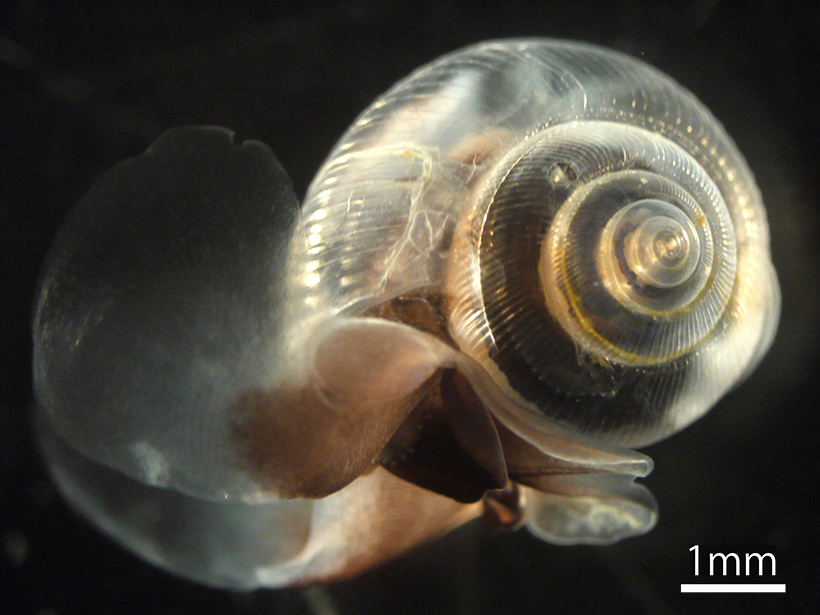Planktonic foraminifera and sea snail numbers swell from April to June in the Barents Sea, but contrary to predictions, the organisms do not appear to be affected directly by high methane levels.
snails
Posted inNews
Boiled or Raw, Snail Shells Keep an Environmental Archive
Snail shells discovered at archaeological sites might still accurately record past weather and vegetation despite being the leftovers of a past meal.
Posted inNews
Giant Snails’ Century-Old Shells Recorded Monsoon Rainfall
Researchers explored past precipitation in India using shells from very large land snails collected there in 1918 and preserved in a British museum.



